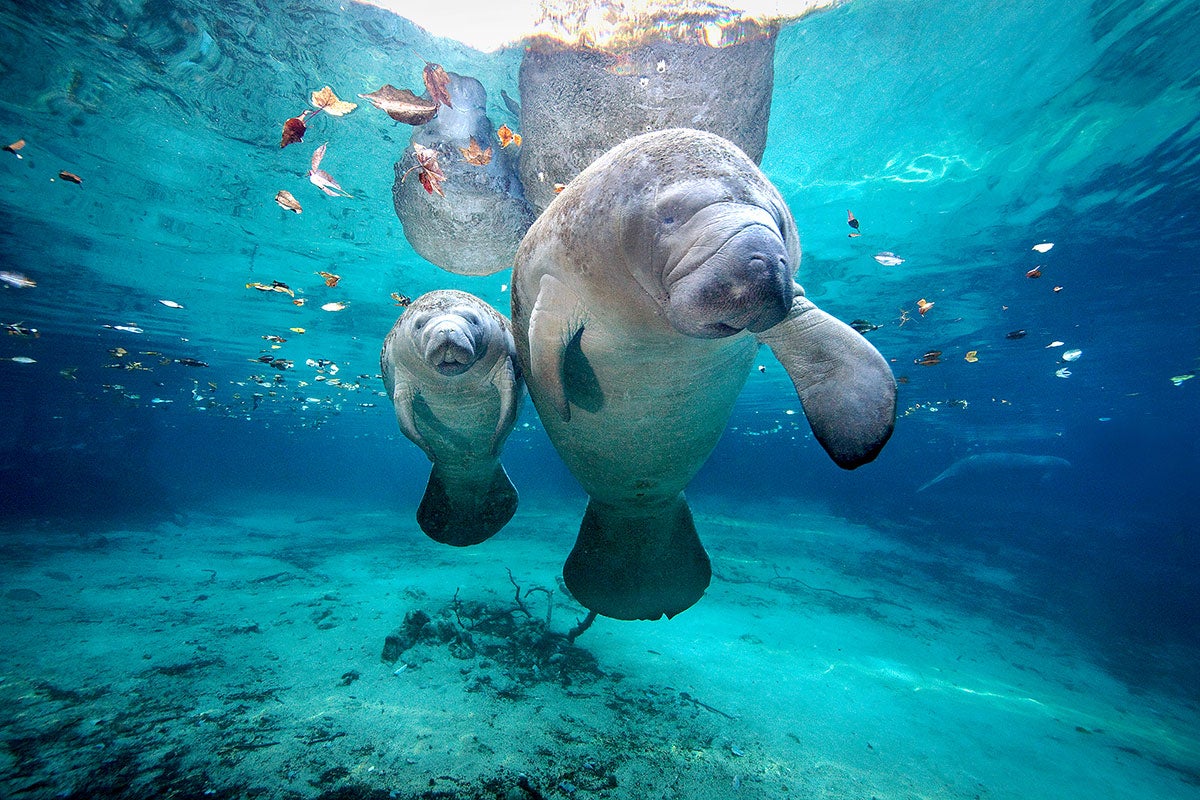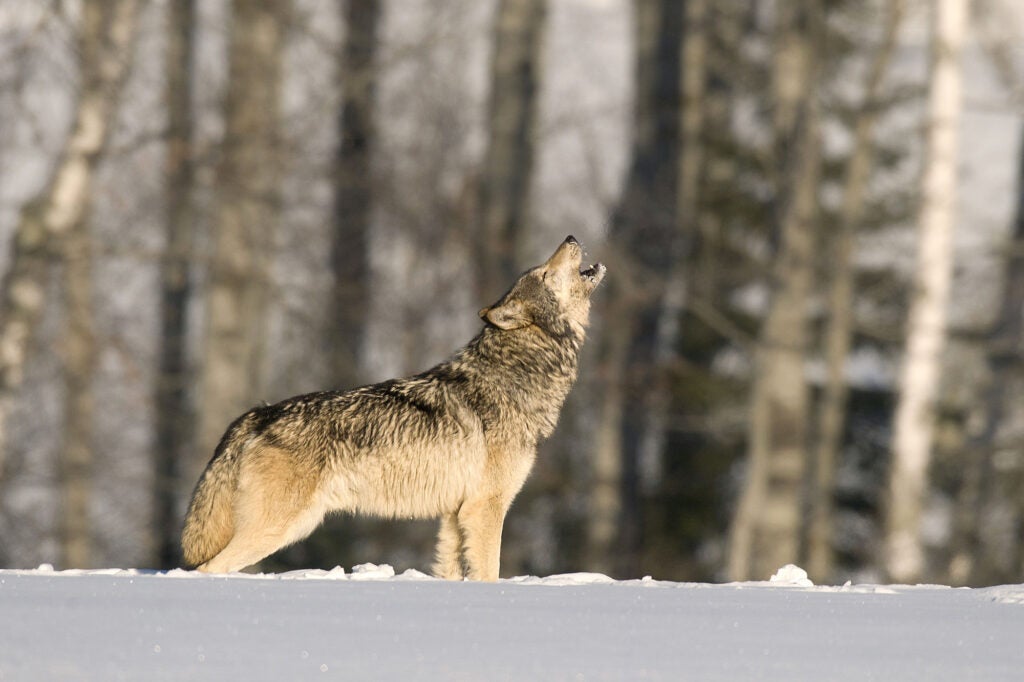Defending the Endangered Species Act
In the four decades since the Endangered Species Act became law, 99% of species protected under the Endangered Species Act have not perished.
Clients
Regional Office / Program
Case Overview
The Endangered Species Act is one of the most visionary and effective environmental laws ever enacted. It requires all federal agencies to consult with expert federal wildlife agencies to ensure that their actions will not harm endangered species and, when necessary, to develop project alternatives that will mitigate any possible harm to endangered species.
Consultation has been the Act’s most effective and successful safeguard by, for example, keeping factory trawlers out of Steller sea lion rookeries, establishing minimum flows for salmon in the Klamath River, and reforming management of the Northwest forests to protect the northern spotted owl and other old-growth dependent species.
At the end of the George W. Bush administration, in a last-ditch attempt to weaken the Endangered Species Act, the U.S. Fish and Wildlife Service and National Marine Fisheries Service enacted a rule that drastically reduced one of the core protections of the law — eliminating the consultation requirement in a wide range of circumstances, which would have reduced protections for imperiled species. Earthjustice filed a lawsuit challenging the rule in a federal district court in California. Before the rule could take effect, the incoming Obama administration rescinded it.
During the Trump administration, Earthjustice, on behalf of our clients, filed several lawsuits challenging new regulations that directly undermine the Endangered Species Act’s purpose to prevent extinction and promote recovery. Among other things, the new regulations allow consideration of economic factors in decisions about whether species are listed as threatened or endangered, strip newly listed threatened species of automatic protection, weaken protection of species’ critical habitat, and relax consultation standards that are meant to ensure federal agencies avoid jeopardizing species’ survival.

Case Updates
Case page created on January 14, 2021.

